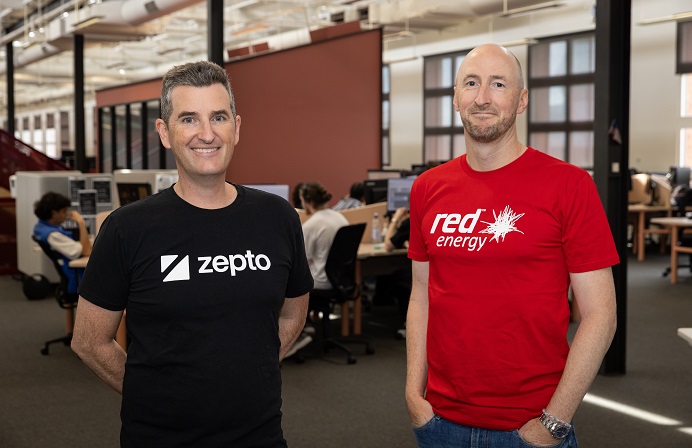
The pressures of High Frequency Trading (HFT) and regulation will put strain on financial services technology in 2013 and beyond, according to one of the region’s dominant clearing organisations.
With regional centres such as Singapore and Hong Kong implementing central clearing from 2013, coupled with Basel III regulatory standards increasing relative capital requirements for over-the-counter (OTC) trading, Citi claims a centrally-cleared model is a core technology concern for organisations.
Conor Cunningham, Asia Pacific Head of Futures and OTC Clearing at Citi, said this environment spurred the bank to develop its own app to manage these complexities. It has developed a ‘what if’ margin calculation that allows clients to perform scenario analysis on differing CCPs – software it claims is unique.
The bank has also invested in its Debit Clearing Services (DCS) platform with real-time risk management checks and real-time intra-day margin monitoring. These have been integrated with its Citi Velocity client portal with a host of reporting functions.
Despite these advances, Cunningham claims clearing will remain a technology challenge into the future. “In APAC differing clearing models are evolving in different jurisdictions with quite distinct characteristics. The challenge going forward would be for clearing members to normalise these idiosyncracies through technology such that the client experience is painless,” he said.
“Additionally, in an environment where eligible collateral is in greater demand, the clever management of this collateral pool across various clearing venues will become critical.”
There are further non-technology challenges specific to Asia Pacific that will impact clearing technology in 2013 and beyond, according to Cunningham. “The regulatory mandate brings into scope not just the clearing of an enormous universe of derivatives, but also the risk management and regulatory reporting of those trades in close to real time,” he said.
“These requirements mean that robust integrated systems need to have the ability to perform pre-clear risk checks, reconciliation and confirmations against the CCP, and finally booking and reporting. Additionally, these systems need to be integrated downstream to ensure effective margin settlement procedures and end of day consolidated client reporting,” Cunningham said.
Citi is one of the most advanced client clearing providers in the Asia Pacific market. It claims 89 per cent of all request for proposals (RFPs) in which the bank participates throughout Asia Pacific result in Citi clearing mandates. It has also recently announced the development of an India desk to better facilitate regional clearing.





